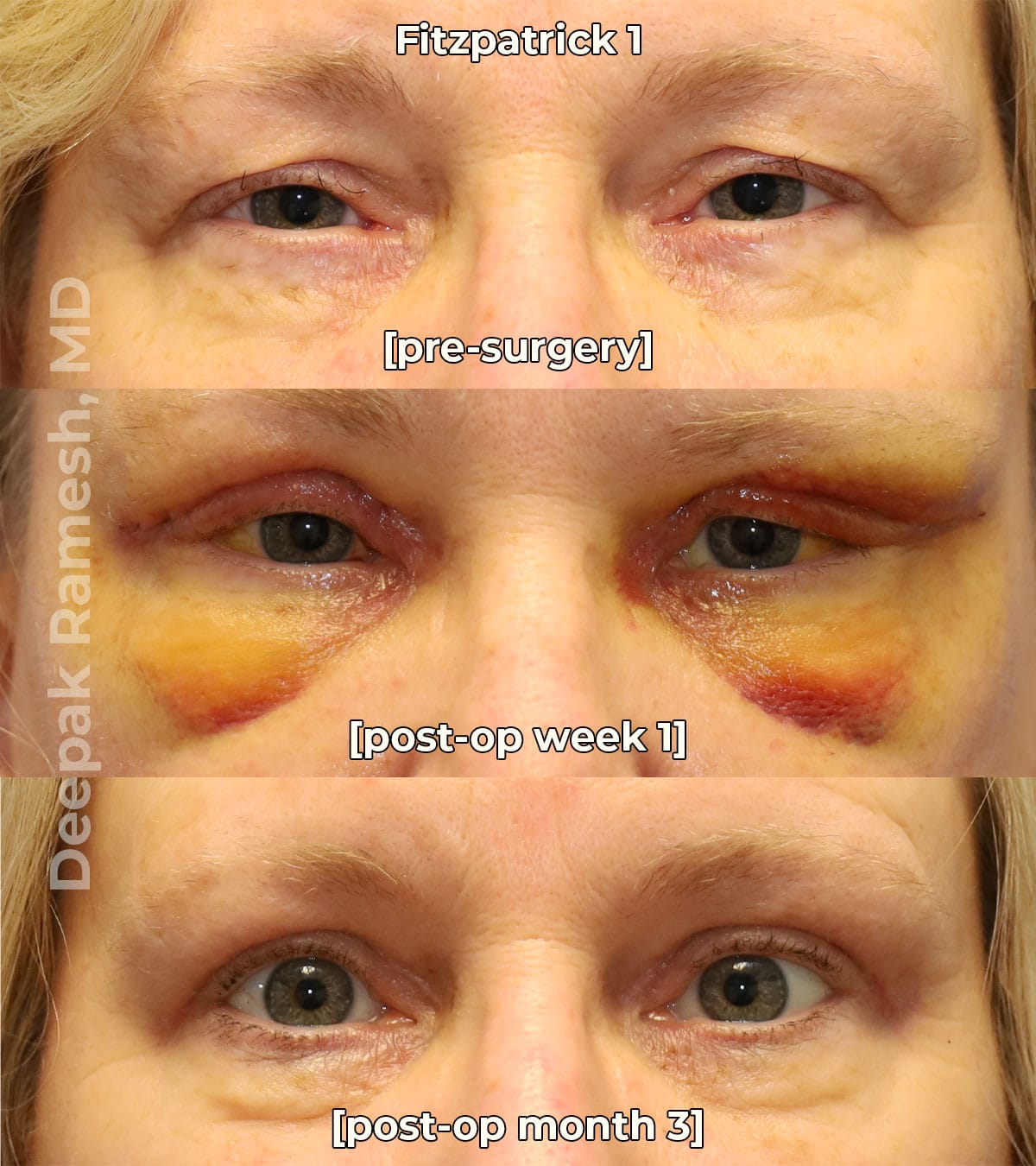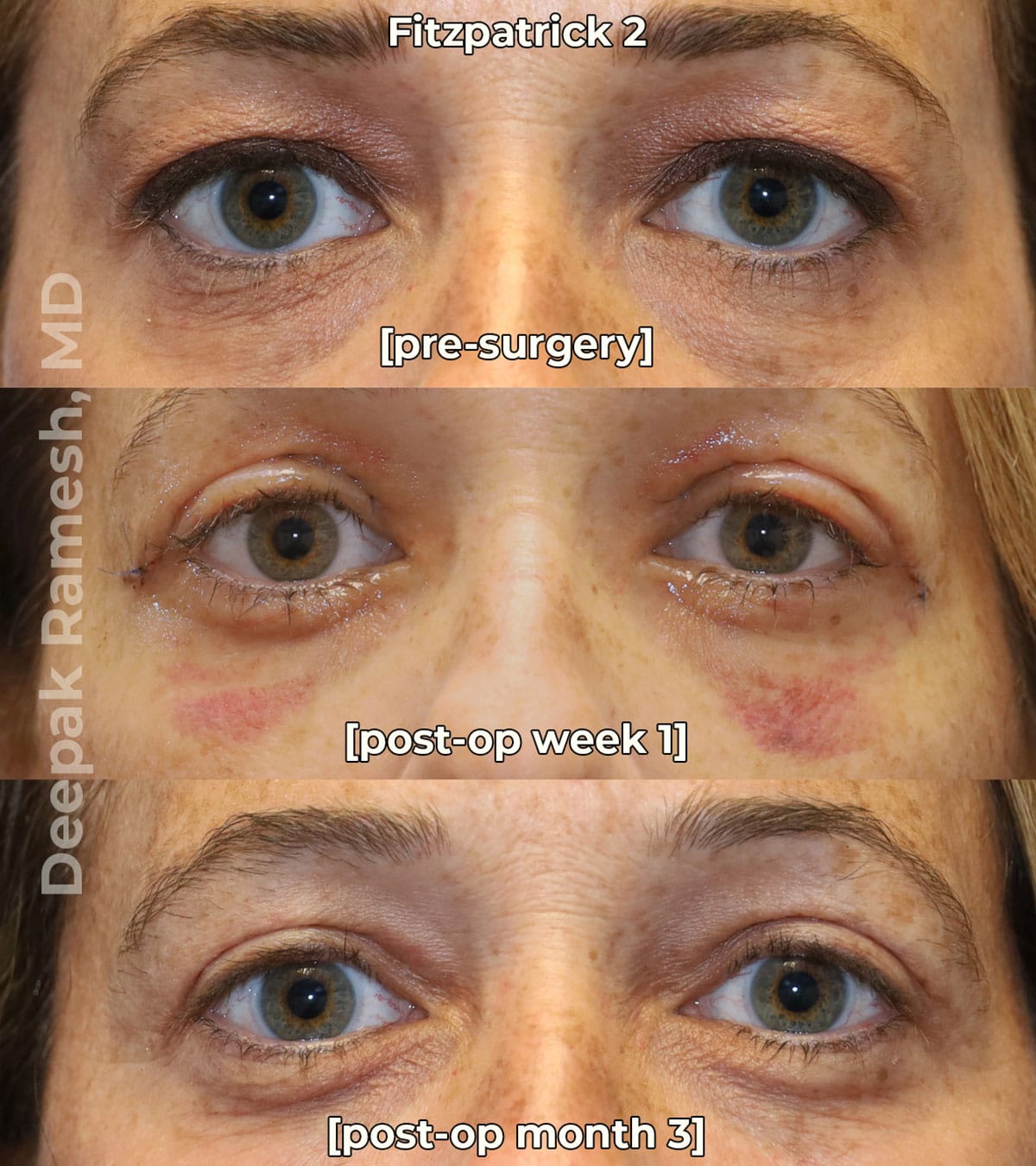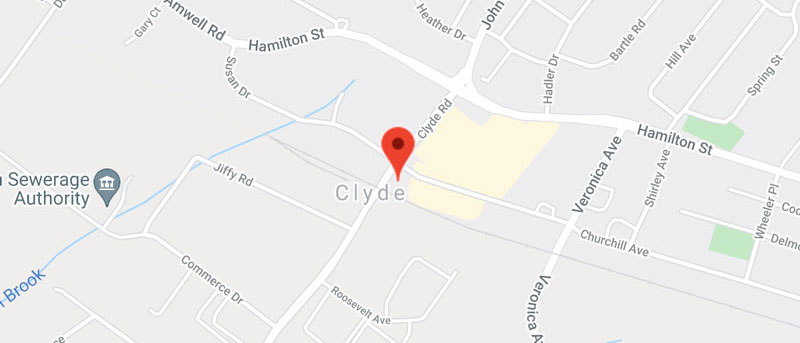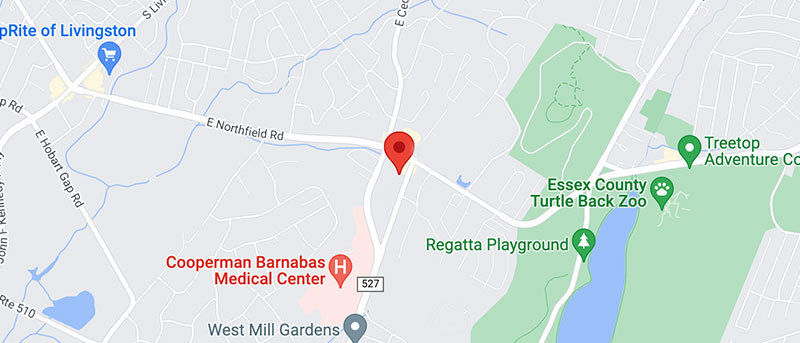Every skin type, from oily to dry, sensitive to aging, needs a different strategy for healing and recovery. For that reason, we’ve broken down exactly how people with various skin types might profit from specialized skin care and treatment regimens.
How Patients Heal with Different Skin Types
Understanding the Differences: How Patients Heal with Various Skin Types
Understanding the Unique Healing Process for People of Color
There is a wide variety in the shapes, size, and hues that humans may take. The Fitzpatrick Skin Scale is a method that is recognized in the medical community for describing the colour of a person’s skin. It takes into account pigmentation as well as the individual’s propensity to tan or burn, and it offers prognostic information regarding the likelihood of developing skin cancer as well as the rate at which someone with a certain skin type can recover.

Fitzpatrick Skin Types

Type I
Your skin color is white, your hair is blonde, and your eyes are green. In this case, you always burn in the sun and have freckles.

Type II
Your skin is white, your hair is blonde, and your eyes are green or blue. In this case, you always burn, have freckles, and it is difficult for you to tan.

Type III
Your skin is white, your hair is blonde or brown. Your eyes are blue or brown. In this case, you tan after you burn. You may also have freckles.

Type IV
Your skin, hair, and eyes are brown. You tan more than average and rarely burn. Freckles are rare for this skin type.

Type V
Your skin is dark brown, your hair is brown or black, and your eyes are brown. You can burn very rarely and tan readily. In this case, you don’t have freckles.

Type VI
Your skin and hair is black. Your eyes are brown or black. You tan and never burn. You are deeply pigmented and don’t have freckles.
How Does Skin Type Affect Post-Surgery Appearance?
It is difficult to say exactly what you will look like after a treatment or procedure based solely on your skin type because healing and recovery can also depend on factors such as the type of treatment, the skill of the medical expert, and your overall health. On the other hand, some varieties of skin may have distinguishing traits that might interfere with the healing process which can be evaluated during a consultation utilizing the Fitzpatrick Skin Scale.
Patients who have oily skin, for instance, may have a tendency for more obvious scarring, but their skin has a tendency to recover more rapidly than other patients’ skin types. Patients who go into a treatment with dry skin may have a greater likelihood of acquiring wrinkles and fine lines as a postoperative complication. After a treatment, patients who have skin that is more sensitive could have increased redness, itching, or burning sensations. All that being said, the color of their skin and pigmentations also play a huge role in the recovery process which is why treatments are normally chosen based on the Fitzpatrick Scale.
Learn Exactly How You May Heal After Your Treatment at Center for Eye & Facial Plastic Surgery
Patients heal differently after therapy, but by following Dr. Ramesh’s instructions and obtaining the optimal treatment for their skin type, they can recover properly and smoothly. Call or fill out a contact form to have Dr. Ramesh evaluate your skin and provide a customized treatment plan suitable just for you!

Contact Us
Schedule an
Appointment
BOOK NOW

The Center for Eye and Facial Plastic Surgery
35 Clyde Road, #104
Somerset, NJ 08873
Monday – Friday: 8:30a – 4:30p
Livingston Office
22 Old Short Hills Rd Suite 202
Livingston, NJ 07039
Monday: 9:00a – 5:00p
Tuesday: 12:00p – 7:00p
Wednesday – Friday: 9:00a – 5:00p
P: (609) 608-0142
F: (855) 644-0469



